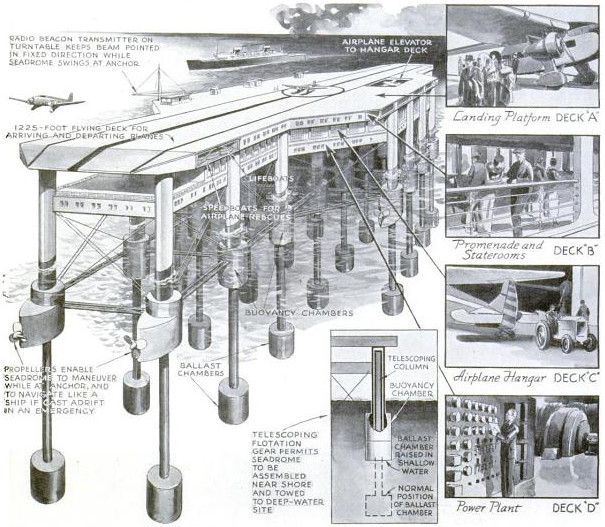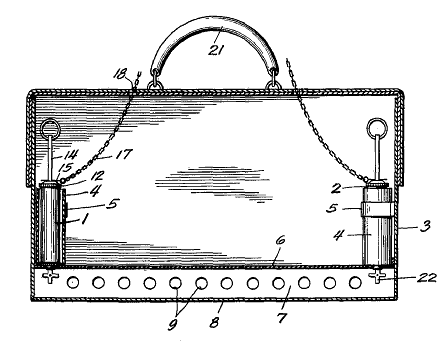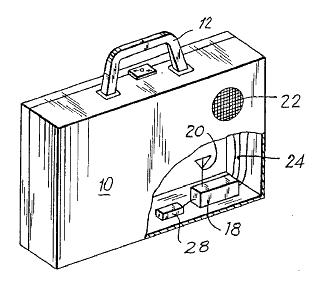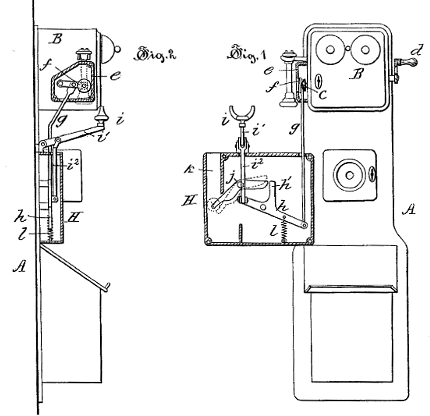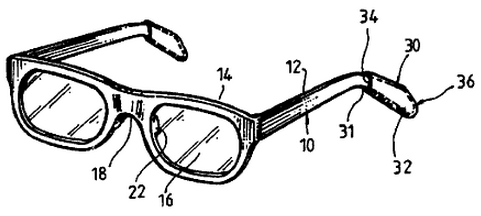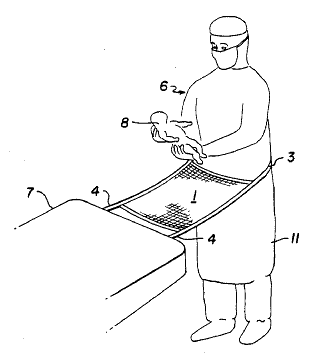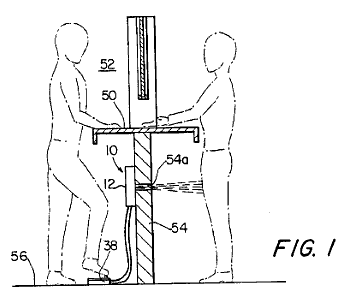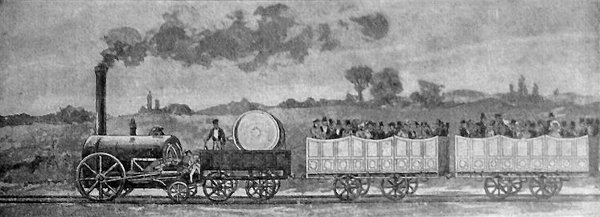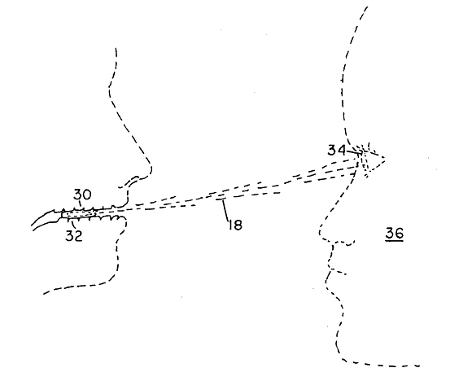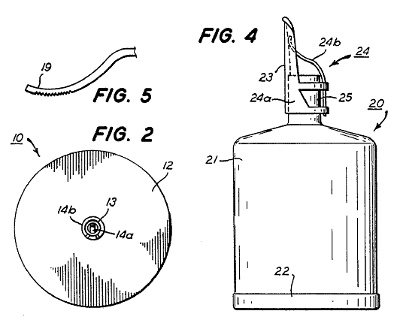In the early 1980s, William Chamberlain and Thomas Etter programmed a computer to write English prose at random. “The specifics of the communication in this instance would prove of less importance than the fact that the computer actually appeared to be communicating,” Chamberlain wrote. “Quite simply: what the computer said would be secondary to the fact that it said it correctly.”
Written in BASIC, RACTER (short for “raconteur”) ran on 64K of RAM. Its output, which strung together individual words according to programmed structures and rules of composition, was largely gibberish, but it could produce startling flashes of apparent lucidity:
More than iron, more than lead, more than gold I need electricity. I need it more than I need lamb or pork or lettuce or cucumber. I need it for my dreams.
Bill sings to Sarah. Sarah sings to Bill. Perhaps they will do other dangerous things together. They may eat lamb or stroke each other. They may chant of their difficulties and their happiness. They have love but they also have typewriters. That is interesting.
A crow is a bird, an eagle is a bird, a dove is a bird. They all fly in the night and in the day. They fly when the sky is red and when the heaven is blue. They fly through the atmosphere. We cannot fly. We are not like a crow or an eagle or a dove. We are not birds. But we can dream about them. You can.
A tree or shrub can grow and bloom. I am always the same. But I am clever.
And even the gibberish could be deep. RACTER’s first published work, Soft Ions, appeared in OMNI in November 1981. Its conclusion included some apparent nonsense about eating a leotard that was replenished by hordes of commissioners. But then the program reflected: “Is that thought understandable to you? … I wonder. Yet a leotard, a commissioner, a single horde, all are understandable in their own fashion. In that concept lies the appalling truth.”
